Bodyweight arm workout: the best muscle-building exercises to do without weights
This bodyweight arm workout will give you better upper body definition without needing dumbbells or barbells
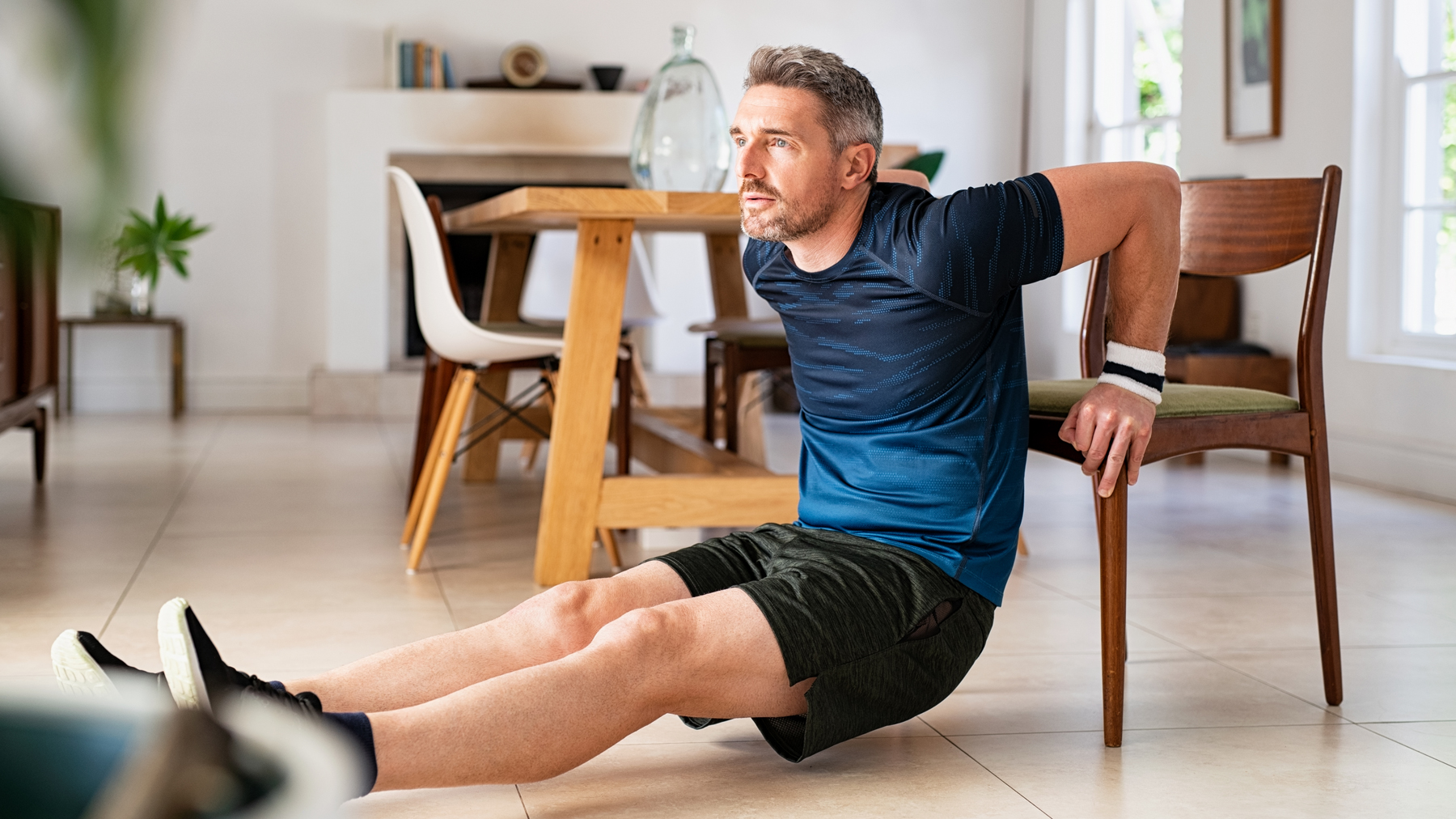
Have you ever wondered if a bodyweight arm workout can be as effective as training with heavy weights at the gym? It's a question that plagues many people who want to increase the strength and size of their arms without needing to find a gym or buy expensive weights equipment.
Whether you’re already well versed in body weights-based exercise or just looking to start your journey, you might want to check out our best cross-training shoes guide, which will give you a rundown of the best footwear to support you in performing these types of exercises.
In this article, we’ll delve into if bodyweight exercises can be just as effective as those with weights, what muscles are worth focusing on in your arms to get the best definition, and how long it takes to grow such muscles - all with the help of some top fitness industry experts.
Can you build muscle in your arms without weights?
Although many people gravitate to the best biceps workouts with weights, the short answer to this is yes, you can build muscle in your arms without weights.
Several studies have shown that bodyweight-based resistance training, such as push-ups, performed consistently over several weeks can significantly increase muscle strength and thickness. Clearly, weights are not required if you’re looking to build bigger arms.
Lucy Joslin, Calisthenics and mobility trainer at BLOK, agrees, telling Fit&Well that calisthenics - a term that refers to exercises that don't rely on anything but a person's own body weight - is a great option for those that don’t want to use weights in their training.
“You can build muscles in your arms without weights, although a lot of bodyweight arm exercises are not (totally) equipment free,” she says.
Get the Fit&Well Newsletter
Start your week with achievable workout ideas, health tips and wellbeing advice in your inbox.
“We use a pull-up bar or Olympic rings, and both are remarkably effective at building muscle mass because we lift, push and press our own body weight, which is usually at least 50kg.”
The bottom line is that resistance, which your body weight can supply, is needed to ensure the muscles see growth, Joslin highlighted this, “Without some type of resistance, it can be difficult to build significant muscle mass."
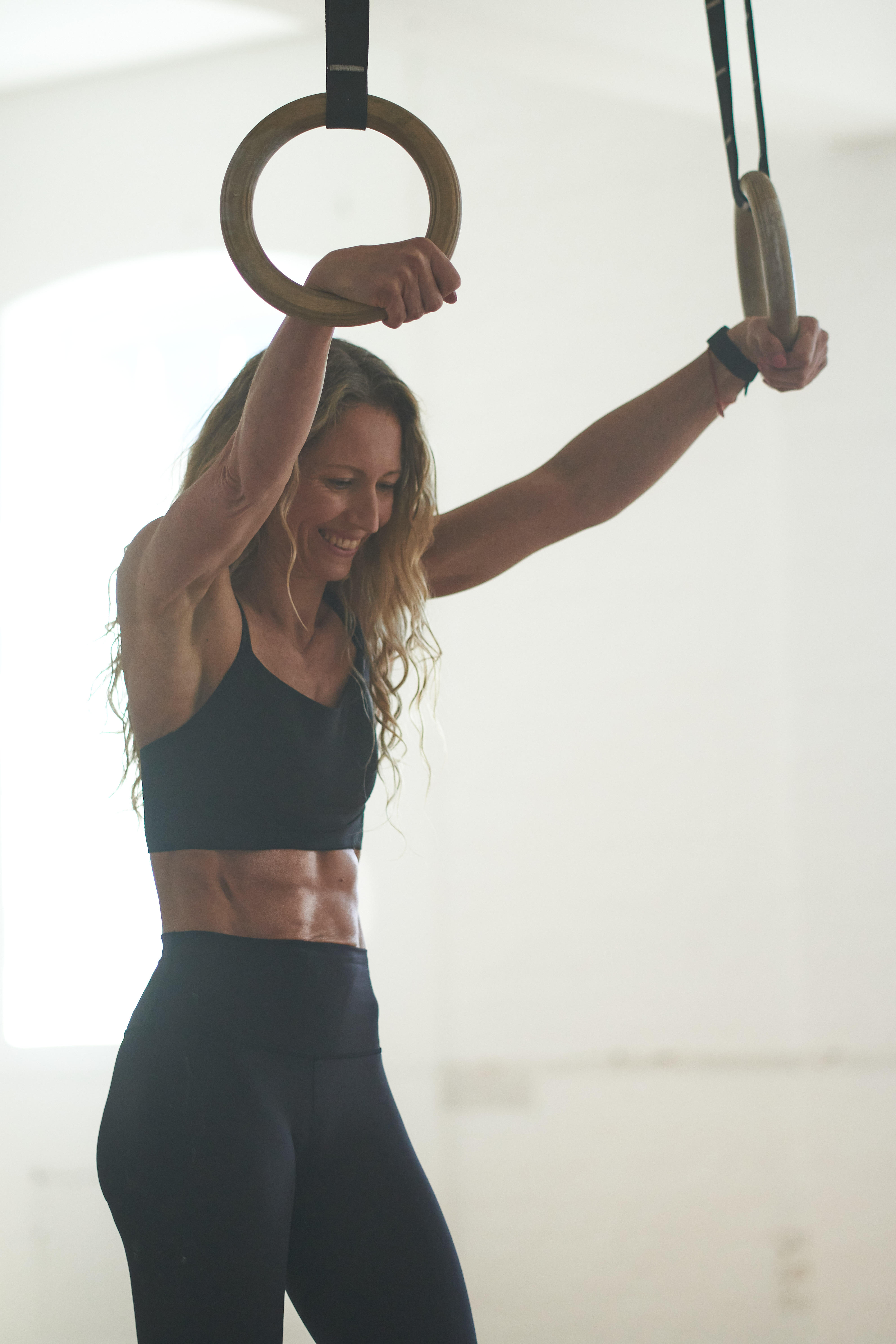
Lucy Joslin has over twenty years of experience in the fitness industry. Qualified to teach everything fitness including yoga and Pilates she brings her unique experience to her greatest passion - Calisthenics and mobility. Catering for all levels with a step-by-step methodical and effective approach, she breaks down complicated skills into manageable drills helping her students unlock new skills in record time, her classes at BLOK have something for everyone.
What muscles are in your arms?
So what muscles are the arms made up of, and how are these important when it comes to bodyweight training?
We spoke to KrisPace, PT at Circuit Society fitness studio in London, who gives us an overview of the composition of the arms, and what we should focus on when training.
“At the front of your upper arm, you have your biceps – two of these! On the back, triceps – three of these! You then have various muscles in your forearms,” he explains.
“A lot of people tend to focus on their biceps, as there’s always been a bit of a narrative about having big biceps, but as a general rule, if you’re training arms you should focus around 60% on your triceps, and 40% on your biceps.”
This, he adds, will help overall muscle mass proportion in your arms, and stop you from overworking the smaller groups.
How long does it take to build bigger arms?
Asking how long it will take you to build bigger arms using bodyweight exercises is like asking how long is a piece of string, mostly because everyone is different.
According to Joslin, a basic rule of thumb is: about a month for you to notice a difference in yourself and about three months for it to be obvious to other people.
"How long it will take to see an improvement depends on many different factors,” she explains.
“Without any strong resistance, it will be difficult to build significantly bigger muscles although you can definitely still improve the muscle tone.”
“However, if you were to practice calisthenics regularly you would see significantly greater gains.”
Muscle-building arm workout: 6 exercises to build strength and muscle in your arms
Joslin has listed six exercises that she regards as the best for building strength and size in the arms, without using traditional weights.
“Here are a few different exercises, some using no equipment and some using a pull-up bar or rings but no weight other than your own body weight."
1. The push-up: 3 sets of 10 reps
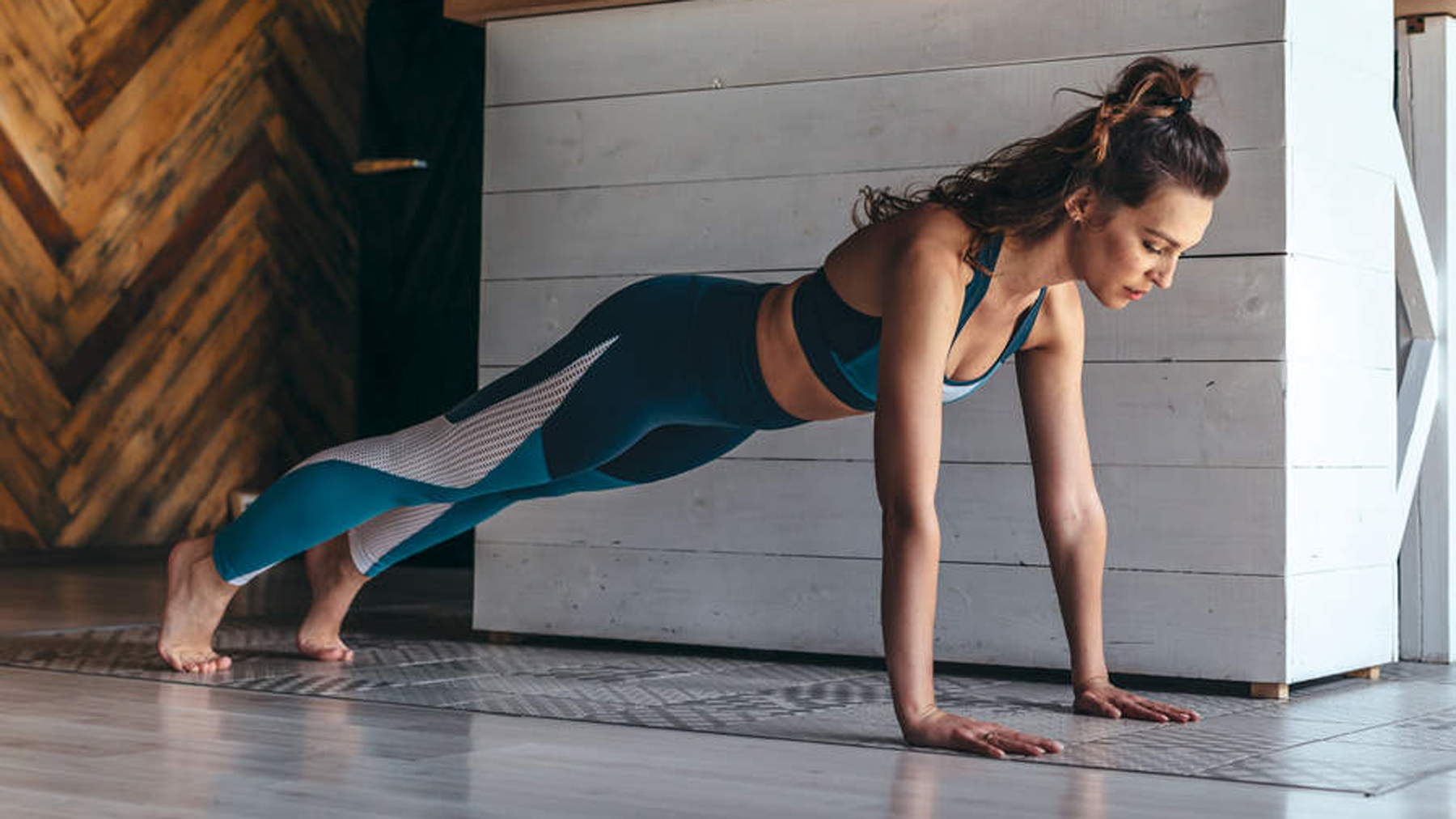
This can be done anytime, anyplace anywhere and is suitable for any level, and requires little space and no equipment. It targets the pectorals, triceps, and deltoids.
How to do it:
- With hands shoulder width apart, biceps facing forward, start on knees for beginners or toes for more advanced
- Posterior tilt pelvis (bottom tucked) engage abs and squeeze legs together.
- Push the floor away and separate shoulder blades
- Bend elbows and lower chest towards the floor until elbows are at 90’ and push back up again
“Make sure elbows are pointing towards the feet because this will target the arms more, keep ribs under control (no snaking up),” adds Joslin.
2. The tricep dip: 3 sets of 10 reps
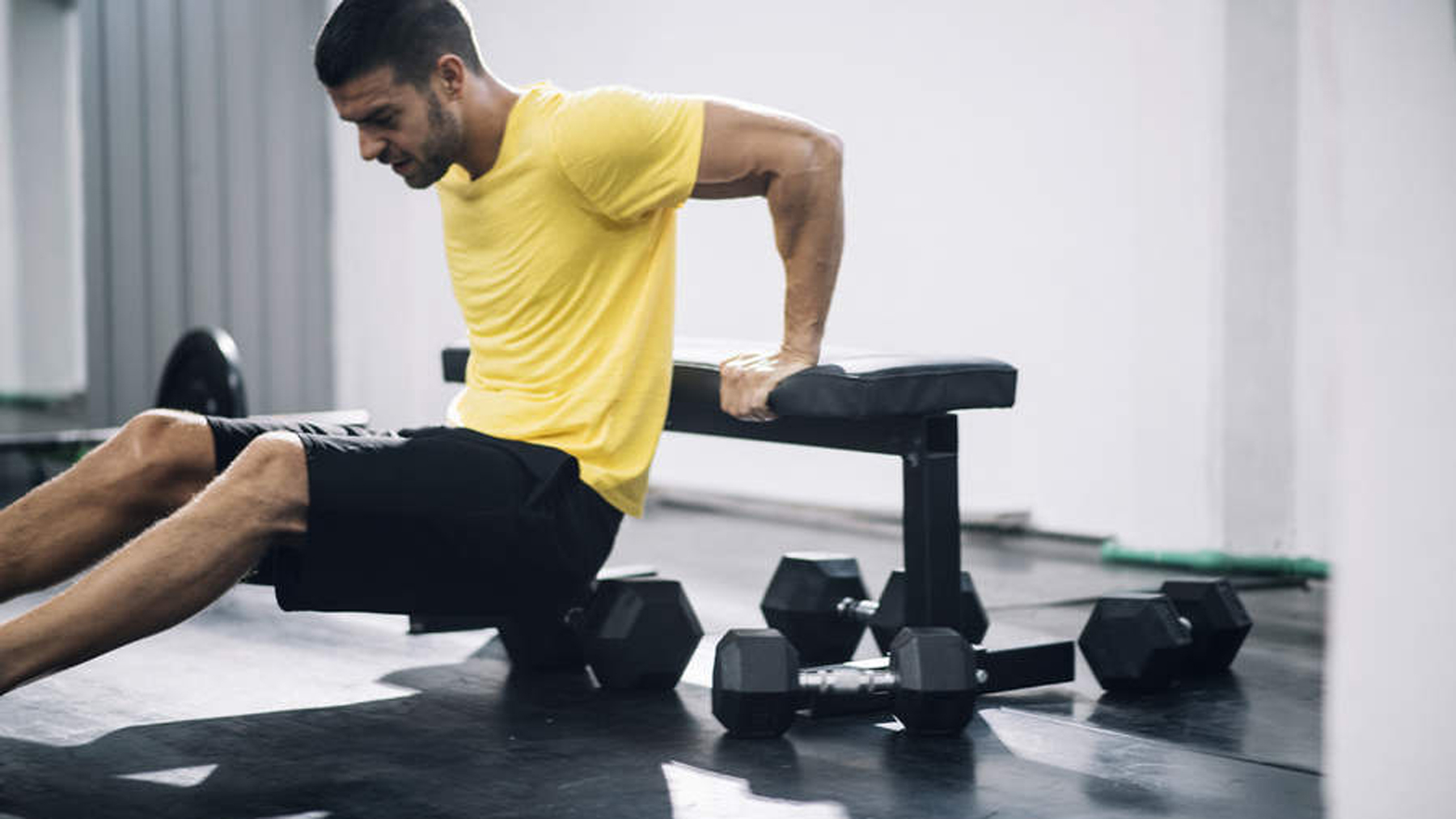
This move is versatile like the previous exercise and targets similar muscle groups.
How to do it:
- Find a suitable raised surface such as a park bench, chair, or sofa
- Place heels of hands on the edge or platform
- Lift chest and walk feet away until legs straight (keep your hips next to the platform)
- Bend elbows at 90-segrees and push back up
“Keep your chest lifted, your shoulders away from ears and squeeze elbows towards each other while keeping your hips close to the platform,” Joslin explains.
The Planche lean: 3 sets of 10 secs
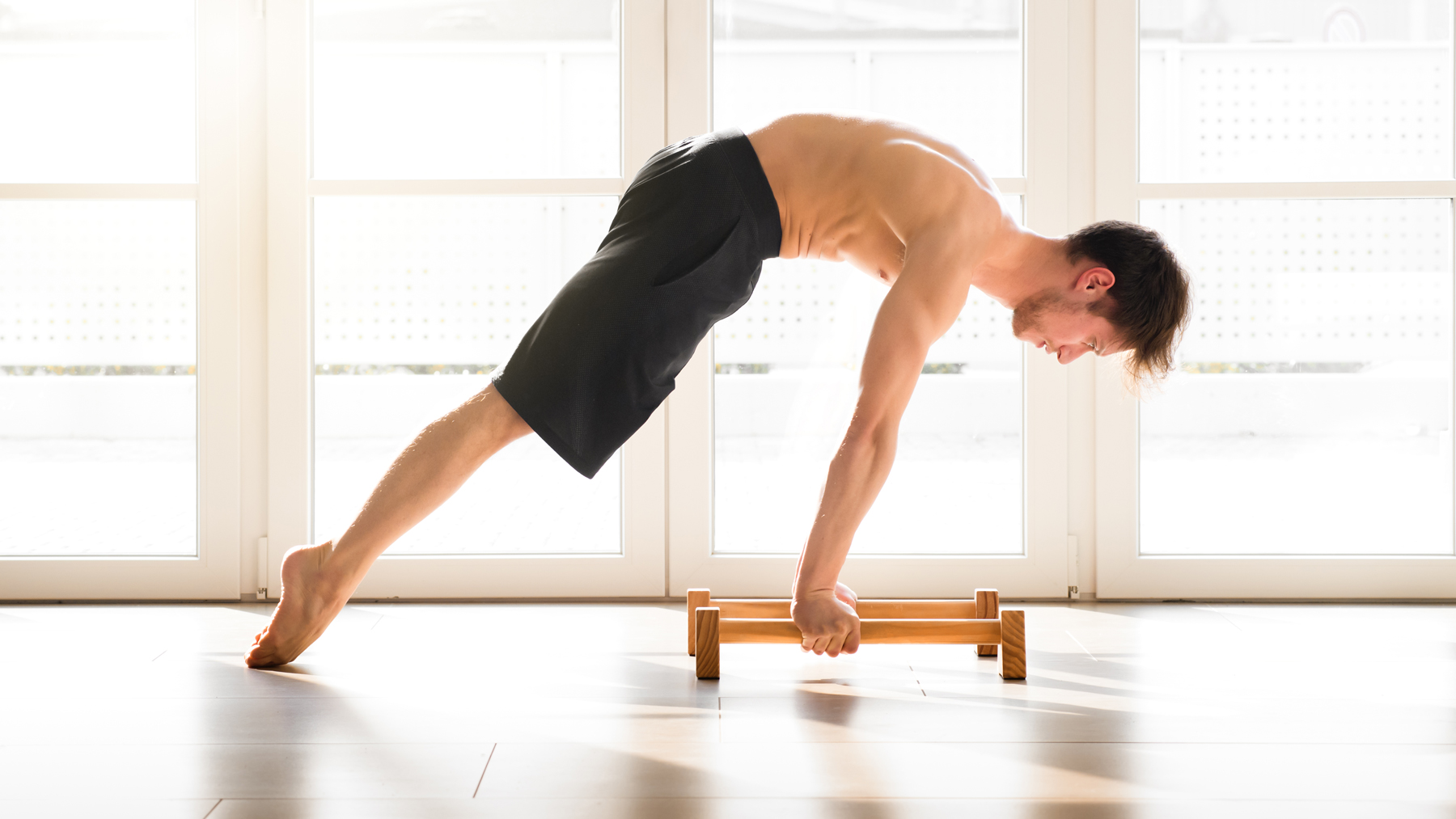
The planche, Joslin says, is a very challenging movement, hence the 10-second holds.
“Please note beginners should substitute it with a straightforward 30-second plank."
Muscles targeted here include the biceps, triceps, and front deltoids.
How to do it:
- Assume a straight arm plank position with shoulders separated, a posterior pelvic tilt, and ribs sucked in
- Push the floor away as much as possible creating a turtle shape in the upper back
- Next, lean as far forward as possible - your shoulders further forward than the hands - until you completely max out
4. The Row (using rings or TRX): 3 Sets of 5 Reps
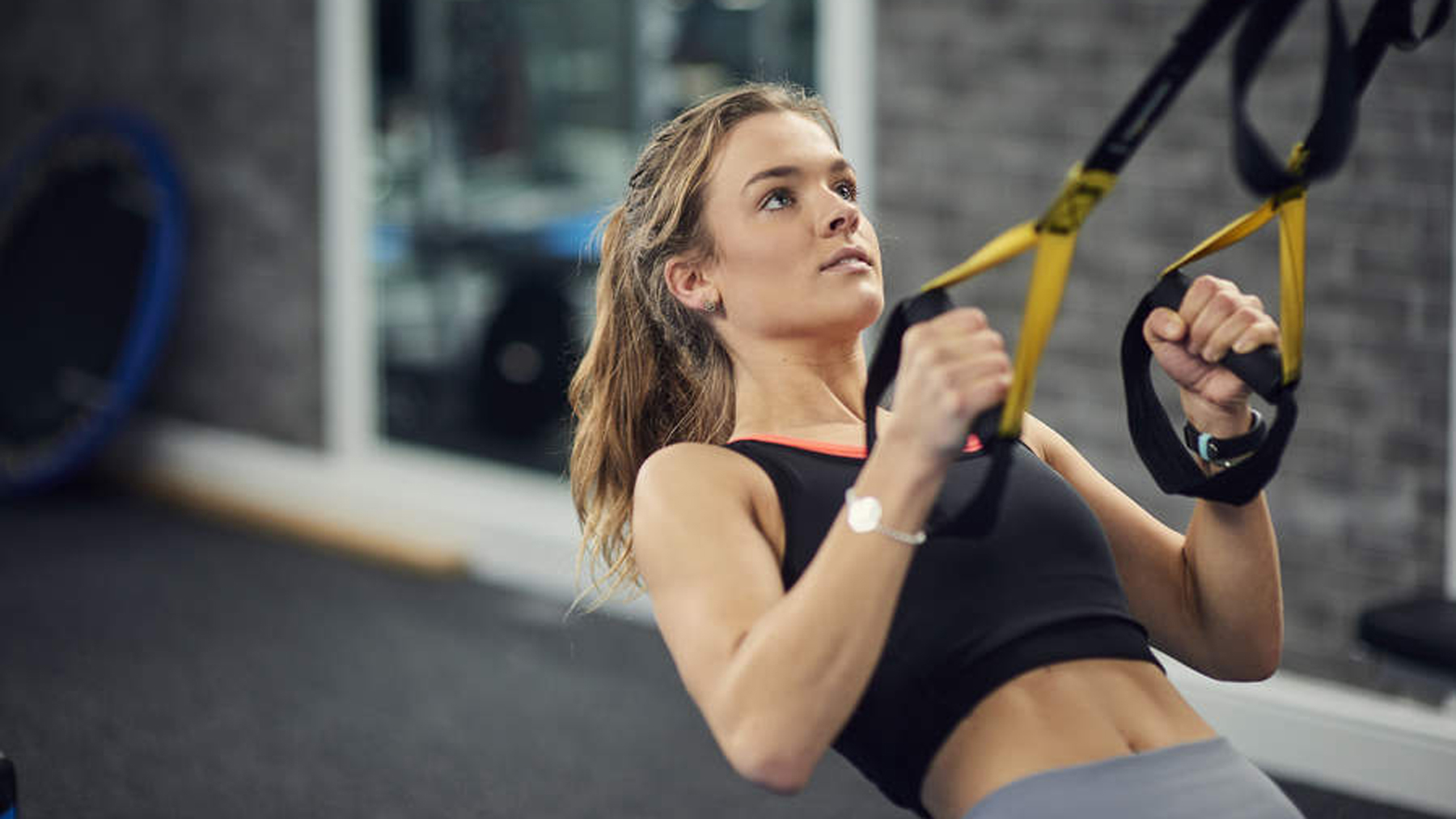
The exercise targets the biceps, lats, rear deltoids and trapezius muscles.
How to do it:
- Make sure the rings or the TRX handles are level
- Take hold of the rings with the fingernails facing each other and lower yourself down until your chest is directly underneath the rings. (Beginners should keep their knees bent and those who are more advanced can straighten their legs and have only the heels touching the floor.)
- Make your body into a straight line under your arms, even if your knees are bent
- Next, pull yourself upwards until your chest touches the rings
- Lastly, lower yourself down the to start position.
5. The Chin Up: 3 sets of 5 reps
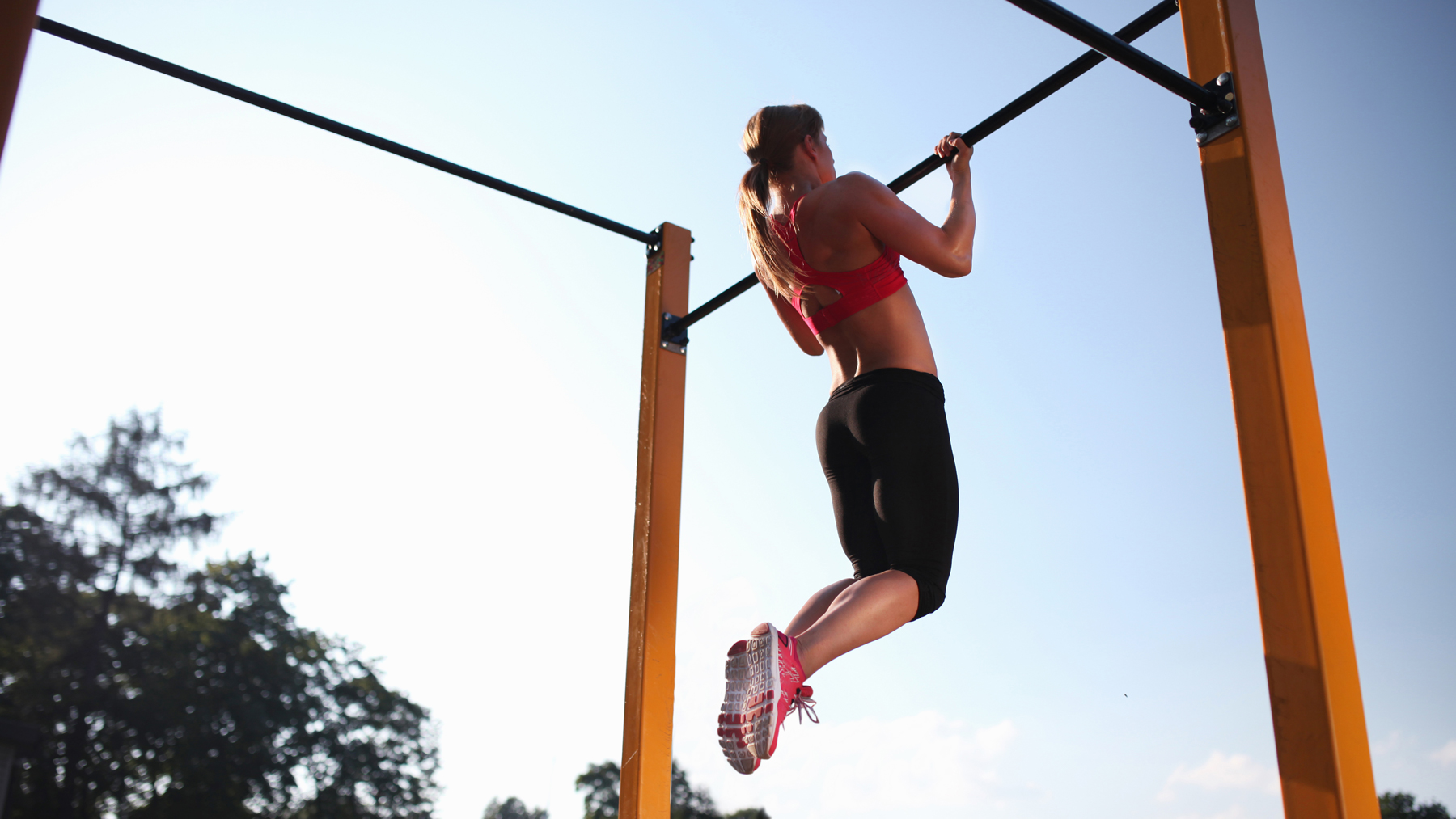
This exercise requires a bar. The muscles targeted include the biceps, brachial, lats, and rear deltoids.
How to do it:
- Hold onto a pull-up bar with your palms facing you and arms shoulder width apart
- Engage your upper back and core
- Holding on to the bar, pull your chest up toward it
- Slowly lower yourself down until you are back at the start position.
“For those that cannot lift their bodyweight yet, resistance bands of various thicknesses are available, a good rule of thumb is to use the band you need to perform 5 repetitions,” recommends Joslin.
6. The pull-up: 3 sets of 5 reps
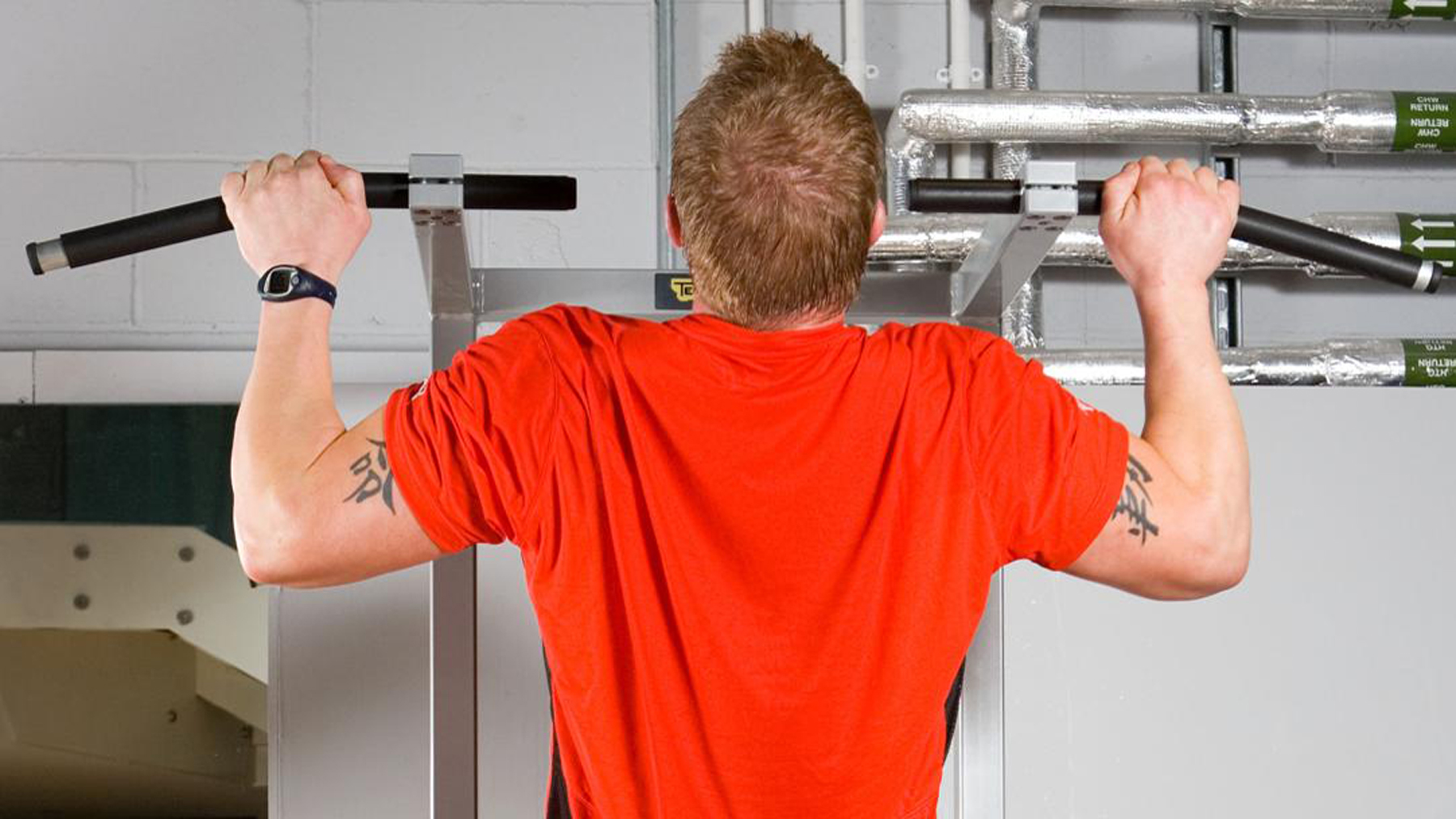
This last move also requires a bar and targets the biceps, lats, deltoids and rhomboids.
How to do it:
- Hold on to the pull-up bar, this time with your fingernails facing away
- Engage the muscles in your arms and upper back
- Bend your elbows and raise your upper body toward the bar until your chin is over the bar
- Lower yourself down slowly with control until you are back at the straight arm ‘dead hang’ start position
“For those that cannot lift their bodyweight yet resistance bands of various thickness are available, a good rule of thumb is to use the band you need to perform five repetitions,” Joslin advises.
If you're looking for more bodyweight inspired workouts this five-minute Pilates workout builds upper body strength without weights. Or perhaps you would like to start building weights into your regime and want to find out the answer to should you do cardio before or after weights?
Lee Bell is a London-based journalist, copywriter, specializing in all things tech and lifestyle. He is also a qualified personal trainer. He started his journalism career a decade ago as a reporter covering the latest gadgets and innovations at tech tabloid The Inquirer. Lee went freelance in 2016 to broaden his expertise, moving into news, reviews and feature writing for a host of national print and online lifestyle titles such as GQ, Forbes, Esquire, Men’s Health, Wired, The Metro, and The Mirror. He has an insatiable appetite for travel, Dharma yoga, and the odd outdoor challenge.
-
 I do these two things every day to stay fit and healthy, says the newest star trainer on Chris Hemsworth's fitness app
I do these two things every day to stay fit and healthy, says the newest star trainer on Chris Hemsworth's fitness appHere's how Centr's Korey Rowe trains for longevity
By Sam Rider Published
-
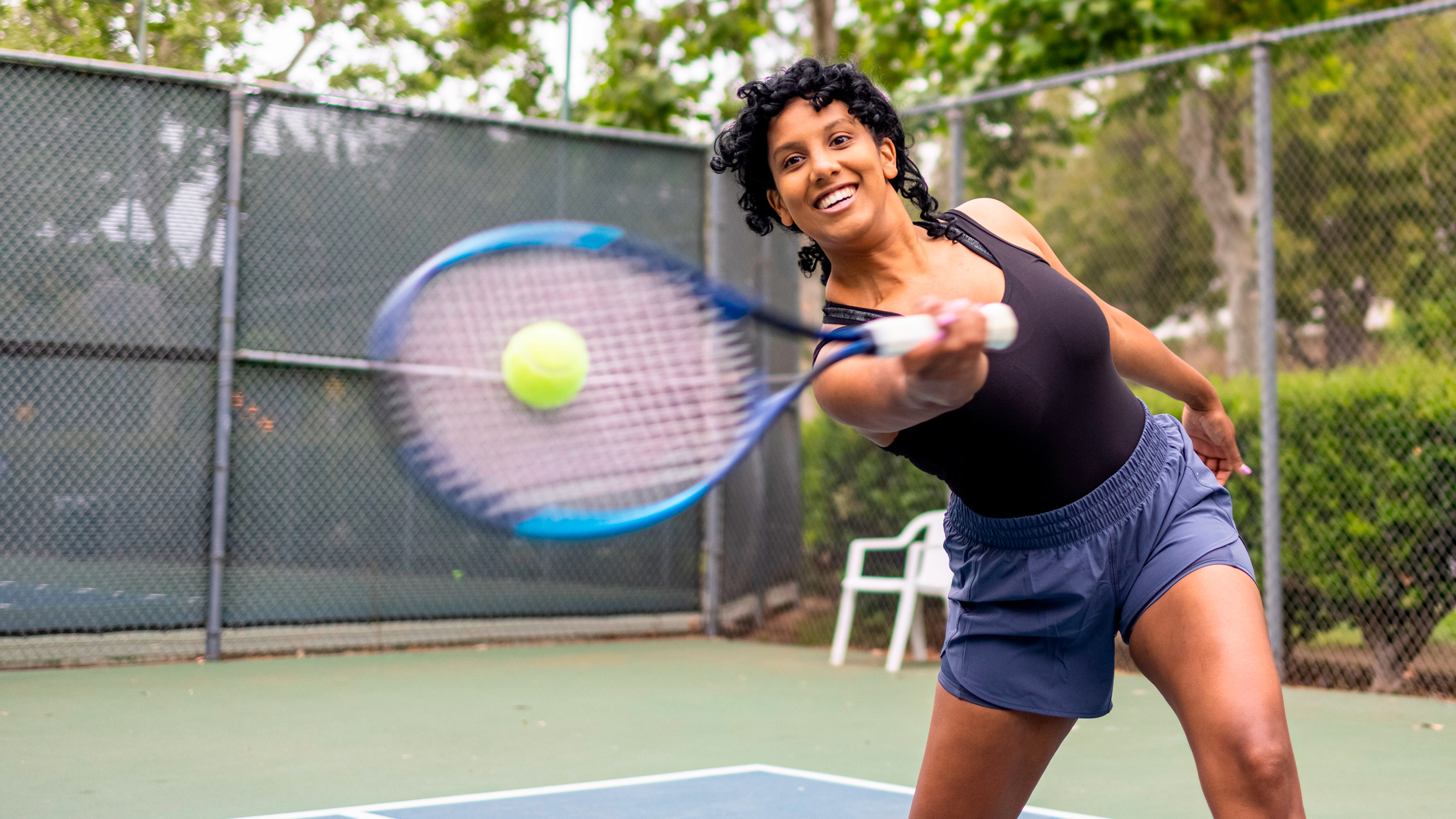 I thought sports weren't for me, until I realised they're a game-changer for ticking off cardio
I thought sports weren't for me, until I realised they're a game-changer for ticking off cardioI swapped HIIT and running for tennis—and I've never felt better
By Alice Porter Published
